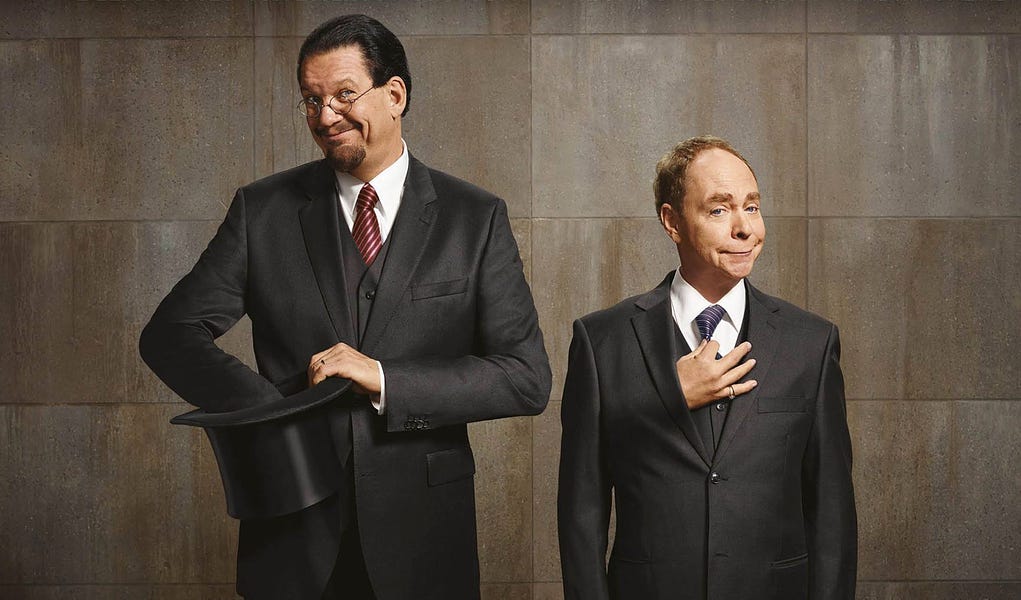Dual reality is a magic principle in which one person/group experiences a different reality to another, usually more important, person/group.
When I watched Kanye West on the Glastonbury Pyramid stage restart his performance mid-song, I was equally bemused but not quite as upset at the thirty thousand people cramped into the muddy field. Kanye prioritised the experience of the millions who were to watch the clipped off performance online over the thousands of live festival-goers.
In a way, that’s dual reality — but dual reality in magic is far less Kanye.
More often than not, it’s simply two groups of people experiencing different tricks, or sometimes the same overall trick with different details. It’s something that’s utilized in everything from card magic to stage and TV magic.
Card Tricks
When I consider the most powerful examples of dual reality in card magic, I immediately think about The Hollingworth Principle. It’s likely the most deceptive and minimal use of dual reality out there. It’s a principle I’ve used many times on television when making signed objects travel from one place to another. It’s so minimal because the two realities are identical in nature; both parties see the same trick, but the audience at home sees a different signature — meaning they can see the fake signed object vanish and appear immediately. In contrast, the live spectator only sees the originally signed object with a little more delay and switches.
Stage Tricks
When I think about dual reality in stage magic, I think about the Q&A routine in which a mentalist reads the minds of those in the audience and reveals facts that were definitely not written on the cards before the show. The most powerful part of a Q&A routine is when the mentalist supposedly diverts away from what was meant to be written on the card, usually a question, and starts revealing information they could not possibly know.


